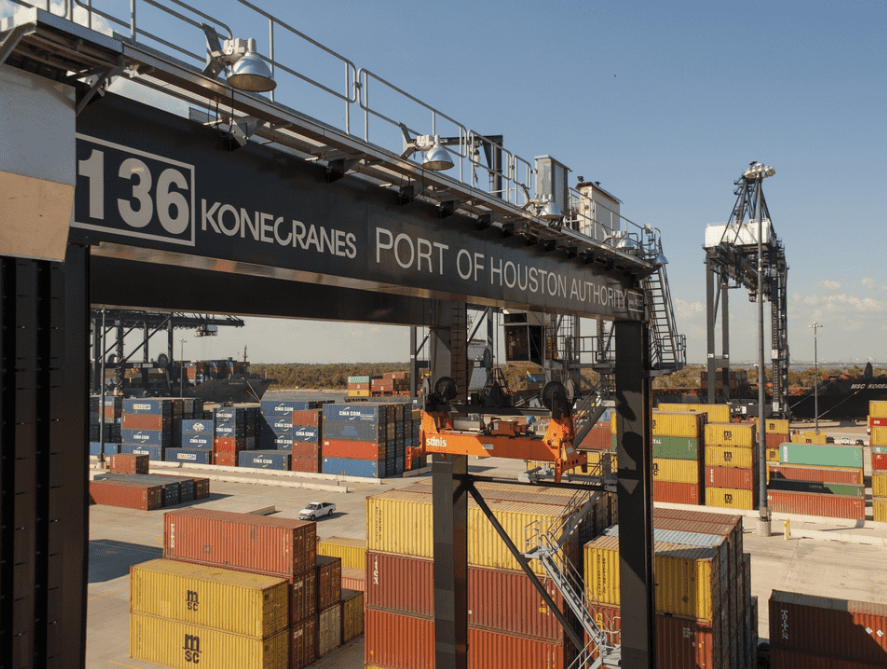Corbin Van Arsdale remembers early March vividly. A phone on each ear, important conference calls happening on each, the mayor of Austin suburb Cedar Park summarizes that time as “a little bit insane.” “When [the COVID-19 pandemic] hit, it thrust the mayor, county judge and governor into these almost militaristic chain-of-command-type situations,” he told those logged in to the May 21 REDnews webinar If You Can’t Build It, They Won’t Come. Also president and general counsel for the Associated General Contractors – Texas Building Branch (AGCTBB), Van Arsdale was able to offer unique insight from the perspective of a decisionmaker, as well as genuine interest in the wellbeing of the construction industry. “It really just turned life upside down,” he said of the pandemic’s impact. While the first few weeks were “chaos,” according to Will Hodges, president of Cadence McShane Construction, the industry is finding its footing. “We’ve settled into a bit of a rhythm and a bit of a routine, finding a new way of managing things,” said Hodges. “We were very blessed that construction was deemed an essential business. While a lot of the country suffered being out of work and dealing with those issues, we didn’t. We kept moving.” Click here to read more at www.rednews.com.









